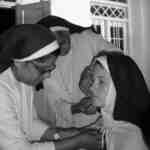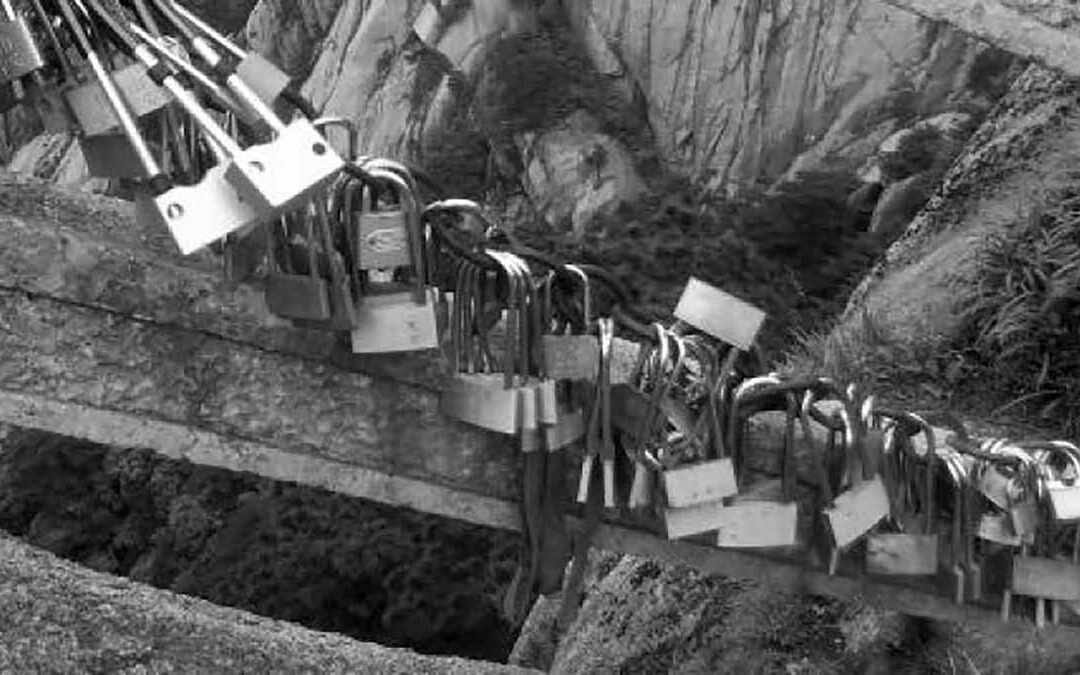It seems I have a penchant for religious festivals. Recent events in Dubai have reminded me of this eccentricity and to be honest I am wondering what is next!
A recent chain of events started with my first “iftar” breaking of fast. I hadn’t actually fasted, but in Dubai that is no barrier to rolling along to buffet dinners hosted by the various hotels around town. My friend Angelina had a two for the price of one ticket so we tried out the iftar at The Address Hotel at the Dubai Marina. It was a lot of food. I enjoyed it but was reminded why I don’t really like to go to buffets. I invariably end up with an upset stomach not only from the rich food but also the thought of the food wastage.
I decided that would be the end of hotel iftars and was keen to experience Ramadan in a more authentic way. Sure enough, the following week I had an “iftar” experience of a completely different kind. A couple of friends from the Yoga Room and myself went along to the Islamic Learning Centre in Jumeirah. If a traditional iftar was what I was after this was it. Men and women sat apart, separated by a sheer curtain. We broke the fast (again I hadn’t actually fasted…well just since lunch!) with a drink of water and a date. I was then covered head to foot in a hooded top and skirt and lined up facing in the direction of Mecca for the evening prayers known as salah. My daily practice of surya namaskar held me in good stead for the standing, kneeling and bowing sequence. Once the prayers were done, we sat on the food and shared a meal with the other woman clothed in black abhayas. Most were new to Dubai or away from their families so appreciated meeting with a community for iftar. They seemed genuinely pleased we had joined them and some asked if we would be back the following week. Two women from Pakistan started talking to us about yoga. One wanted to join my class while the other told us we were involved in a deviant sect. We took that as our cue wrap things up for the night.
I have to admit that donning religious garb is not a new thing for me. The experience made me remember my brief but well documented foray as a catholic saint. Some of my friends and family know this story but maybe it’s time I write it down, as it was so bizarre I may not remember it in years to come.
 During my first extended trip to India I visited a friend in a small town in Kerala known for its Ayurveda traditions. My friend was studying at an Ayurvedic clinic there and staying with the doctor. On my second day there, an Indian man came to the house telling me he was making a movie and would like me to appear in it. I declined. He persisted. I declined again. He left but then returned the following day imploring me to acquiesce. Finally, I thought what the heck, why not. He was giddy with excitement and made plans to pick me, and my friend, up the following day. I assumed we were to be extras in the background of some Bollywood dance scene.
During my first extended trip to India I visited a friend in a small town in Kerala known for its Ayurveda traditions. My friend was studying at an Ayurvedic clinic there and staying with the doctor. On my second day there, an Indian man came to the house telling me he was making a movie and would like me to appear in it. I declined. He persisted. I declined again. He left but then returned the following day imploring me to acquiesce. Finally, I thought what the heck, why not. He was giddy with excitement and made plans to pick me, and my friend, up the following day. I assumed we were to be extras in the background of some Bollywood dance scene.
As we drove to the set, I asked from the back seat “So what’s this film about?”
“Saint Theresa of Avila,” he said.
This had my interest piqued as I had recently started reading about Saint Teresa, a 16th century Christian mystic known for entering states of ecstatic rapture after long periods of meditative absorption.
“Oh yeah, who’s playing Saint Teresa?”
“You are,” was the response.
And so the story unfolded. In the 1800s a ship from Europe was passing the coast of Kerala. It was shipwrecked but some of the sailors survived along with a small statute of St Theresa. They donated the statue to the local church (around 20 percent of Keralans are Christian) in thanks to the villagers who helped them. The statue began to be worshipped, like a Hindu deity, and there were reports of its mystical healing powers. As a consequence, the church had emerged as a place of annual pilgrimage, attracting up to 10,000 people every October, some travelling there in yogin style, such as rolling on the ground rather than walking.
The men I had met had decided to make a documentary about St Teresa, the history of the statue and the annual pilgrimage to be screened that coming October during the festival. The fair-skinned Indian actress who had ben contracted to appear as St Theresa had pull out at the last minute for some reason. They were all ready to start shooting but with no lead actress. Until, I turned up in town. Believing me to be the splitting image of the Saint, the men were convinced it was a sign from God, a regular miracle, hence their insistence at my participation.
In fact over the next two days, I was treated as though I actually was the Saint herself. After some local nuns dressed me in a full habit, and a priest instructed me in how to pray, the transformation was complete. Most of the scenes involved me praying feverishly on my knees, in the church or by a window. The director would give me a little brief before each scene. My acting skills were put to the test when he briefed me for the climax. “This is when you get enlightened, ok? So pray, then become enlightened! Ok?”.
The film was actually screened on cable TV in India that year. A friend in Mysore told me she had watched it the following year too. It seems it is aired every October as part of the St Teresa festival. I certainly enjoyed telling my family that after six months in India I was now a Saint and had the film to prove it!
“To have the courage for whatever comes in life – everything lies in that”
St Teresa of Avila.


